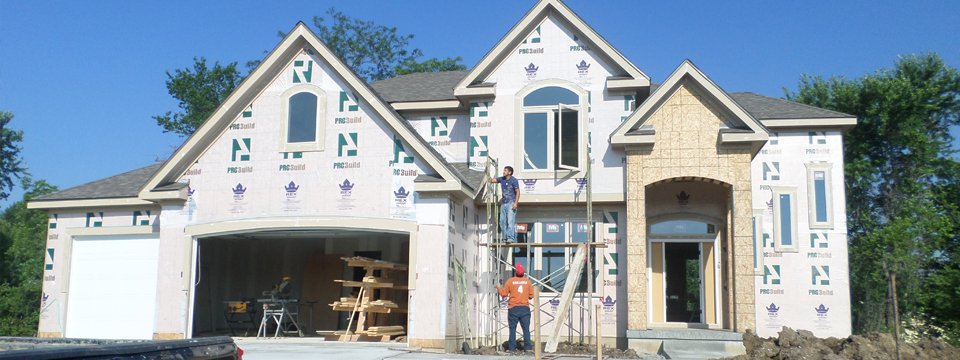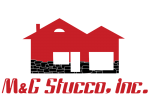



Conventional stucco
Conventional stucco is a time-tested product that has been around for centuries. It consists of Portland cement, masonry cement, sand, water, and fiberglass fibers. It is impact resistant, fire resistant, and impervious to termites and rot. Conventional stucco gets harder and more durable over time. While stucco is generally considered maintenance free, it does need to be sealed in many climates. In the Midwest, freezing temperatures make it necessary to seal stucco to prevent water absorption that might freeze and expand causing cracks, scaling, and leaks. It is important to use good quality exterior grade paint, like elastomeric paint, which will expand and contract with the masonry material.
Conventional stucco is applied by hand with a trowel to exterior surfaces as either a two-coat or three-coat system. In most cases it is applied over felt-backed expanded metal lath, but it can be directly applied to most masonry surfaces such as brick or foundation walls if desired. In those cases a concrete adhesive is recommended to help bond the two materials together.
The most commonly applied form of conventional stucco in this area of the country is the two-coat stucco system. It is about one-half inch thick – or half the thickness of a three-coat system – but is quicker and easier to apply, and is less expensive. The glass fibers that are added make it nearly as durable as the traditional three-coat system
Stucco offers an almost maintenance-free exterior with unlimited design options. Stucco has been known for its durability for many decades in this part of the U.S. It’s tough, long lasting, and provides a unique, highly desirable appearance.


